John F McGuire, who acquired the store from the Selfridges with his sons, was almost as spectacular a name in the retail trade as Mile-A-Minute Harry himself had been. McGuire was one of the new ascendancy, the Catholic middle-class, who had started as a draper’s apprentice and moved on to be a hugely successful manager at Clerys on O’Connell Street. As proprietor of Brown Thomas, he would give it a modern and inclusive identity.
A new hairdressing salon featured the wireless permanent wave; expert corsetiere Madame Booker introduced the radioactive corset; and Dainty Afternoon Tea for 1/- was taken to the strains of Miss Leenane’s String Orchestra. A new department offered “every modern appliance” – to be run on “Shannon juice” – “for washing, cooking and ironing”.
The perky flapper girl of the Jazz Age had grown up into an angular shouldered and well-tailored businesswoman, 1930s style, though a chic model showed a pair of bell-bottomed trousers at the Exciting New Cruising and Beach Exhibition in the Fabric Hall.
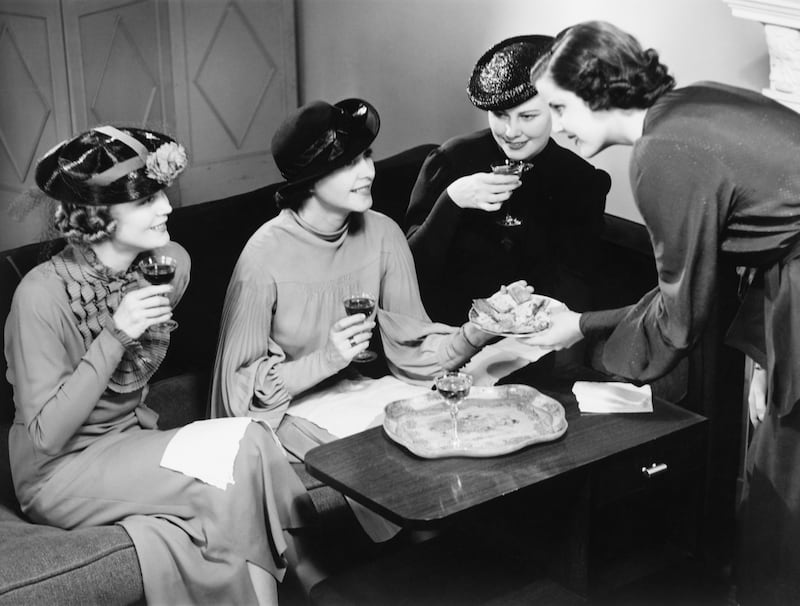
John McGuire sought customers from all walks of life. The convent played an important role in Irish towns and soon he was writing to reverend mothers up and down the country: “I intend to cater for convent requirements …” He enclosed a colour poster – “Brussels Nets for Veils; Virgin Blue Cloaking for Children of Mary; Black Serge; Scapular Braids; Nuns’ Comfortable Seamless Shoes ...”
READ MORE
An Exhibition of Modern Paintings of the Ecole de Paris included works by Henri Hayden, cubist painter and friend of Samuel Beckett, the first of many shows in the Art Gallery in the new basement.
The store’s aesthetic appeal was entrusted to McGuire’s son, Edward. Ned, as he was known, was an athlete and tennis champion who also painted. He would become a director of the National Gallery and a senator. At Brown Thomas his father gave him a free hand to create a beautiful store. Interested in design and display, he gave it a classical theme, with plaster columns and a staircase in Italian marble. His cleverest move, perhaps, was the employment of a friend, artist Norah McGuinness, to design the window displays.
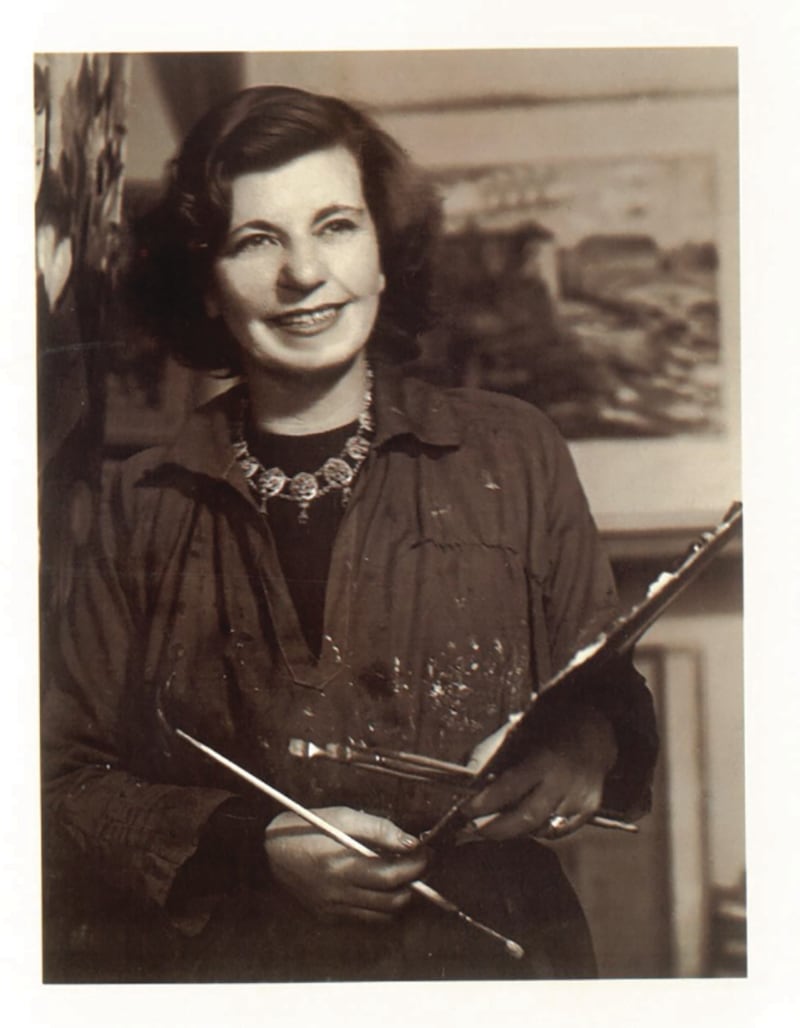
McGuinness was a well-travelled young modernist painter who had designed window displays for New York’s best department stores and had been a designer for the Abbey Theatre. Over her long career she would juggle her work as an artist with commercial design and illustration. She was the first display artist at Brown Thomas – windows were still a jumble of hundreds of articles representing as many departments and buyers as would fit the space – and saw that a window should have “a motif”.
The display might consist only of a pair of gloves but “you would make a picture around them”. Her first window literally stopped the traffic. In the 1950s, she painted the window-sets black, which started a trend. She understood lighting effects and was the first window dresser to use pinhead, spot and flood lights.
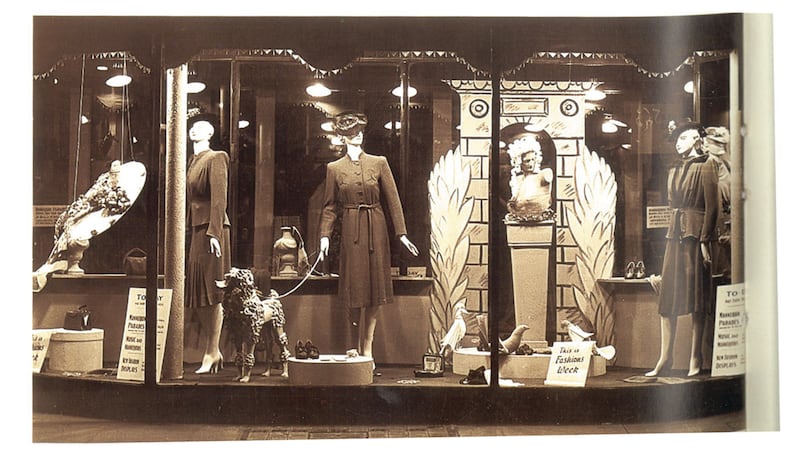
The Art Gallery, which was also a theatre – Ned’s son Eddie was renowned as an artist – gave Brown Thomas an artistic identity and attracted intellectuals and artists to the Modern Tea Rooms. Poet Máire Mac an tSaoi remembered the shop as the “artistic mecca” of Dublin during the war years – the Emergency, as it was known in Ireland.

Christian Dior’s New Look of 1947 represented the end of wartime austerity, when clothing materials had been rationed. Dior’s sumptuously long ballerina skirts, using extravagant amounts of fabric, brought a longed-for elegance and grace. The Dior Boutique opened at Brown Thomas in 1950, a replica of the Dior Salon in Paris and painted the same pale grey, with friezes of fleur de lys. Dior himself came over for the opening, bringing with him his own models. Among them was Swedish Brigitta who would marry Ned’s son and heir apparent, John.
Switzers department store was subject to “union trouble” and 1947 saw an unprecedented nine-week strike over the employment of an assistant who was not a union member. At Brown Thomas there was a better relationship between management and staff. When its centenary was celebrated with a Centenary Dance in the Shelbourne hotel, Bruce Martin spoke for the staff. Addressing the now elderly John McGuire with warmth and wit, he said: “We are more than just members of a business community or employees of an up-to-date store, but rather form part of a large family circle of which you are the head …”
Positions at Brown Thomas were coveted. To land one gave a sense of “honour and glory”. Sylvia Herron wandered into its scented halls as a 16-year-old school dropout and charmed her way to an apprenticeship – she would be one of the last apprentices – with a waivement of the fee, though her high spirits and “impertinence” would see her regularly mounting the stairs to the manager’s office. In a show of solidarity and example, Senator (Ned) McGuire arrived every morning “beautifully groomed”. At the annual Fashion Ball in the Gresham, the senator would provide copious amounts of champagne.
In the era of Beatlemania the young and hip gathered at the Record Rendezvous in Switzers to listen to the latest singles in soundproofed booths. Flick Buckley, the Mary Quant consultant, wore a daring Quant mini as she strolled around the store.
Brown Thomas won the Coupe d’Or Du Bon Gout Francais for good taste in 1960 and its glamour was copperfastened when Princess Grace stopped off with her husband Prince Rainier on their visit to Ireland in the following year. Norah McGuinness decorated the entire store in red and white, the Monaco colours, and Mediterranean touches such as cacti. Grace was found to be “utterly charming and exquisite” and Rainer to have “stunning” blue eyes.
James Mason and Rita Hayworth were other stars of the screen to visit; and stars of the small screen such as Gay Byrne and Monica Sheridan were now joining them.
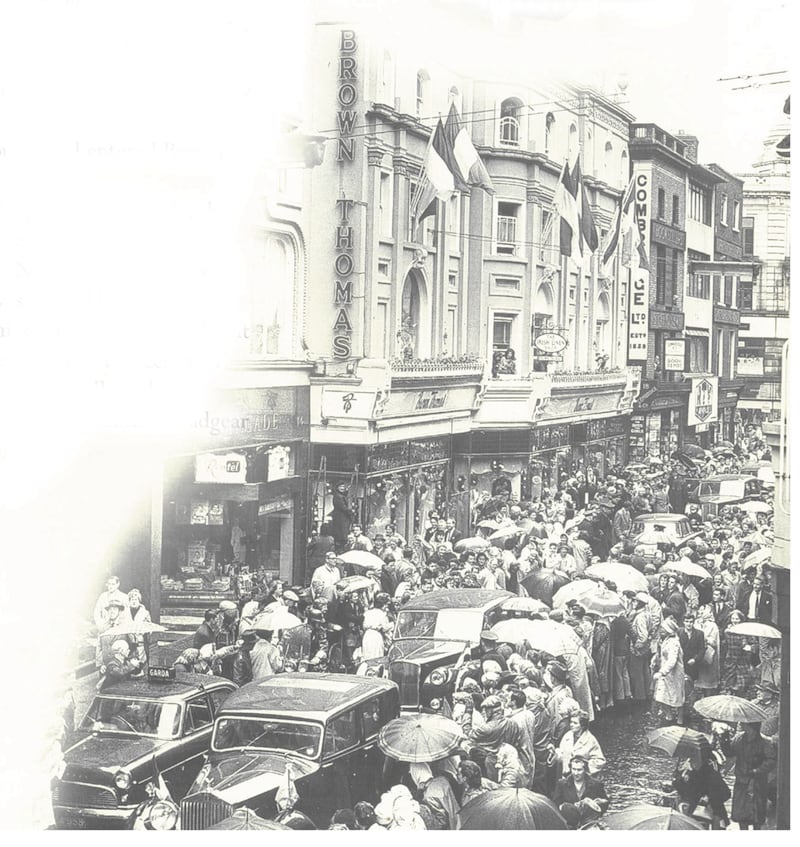
By 1970, however, spending was stagnant and Brown Thomas needed rescuing. The knight with silver dollars was Galen Weston, scion of a Canadian retail magnate, and married to Dubliner Hilary Frayne, a former model. Like the proprietors before him, the Westons would bring changes and innovations.
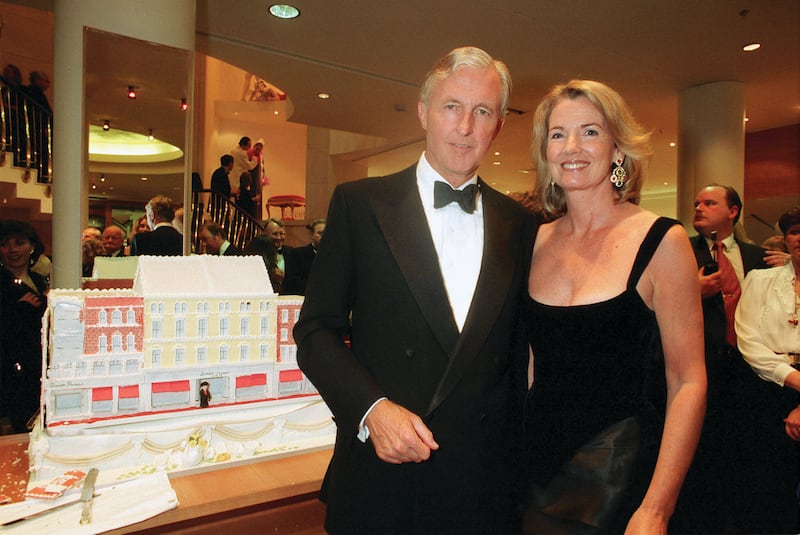
When they left for Canada in the 1980s the store was in the capable and imaginative hands of managing director George McCullagh. It was McCullagh who in the 1990s oversaw the most radical change of all, the absorption into Brown Thomas of old rival, Switzers, and a move across the road into its premises. This ‘best of both worlds’ would carry the venerable store into the new millennium.
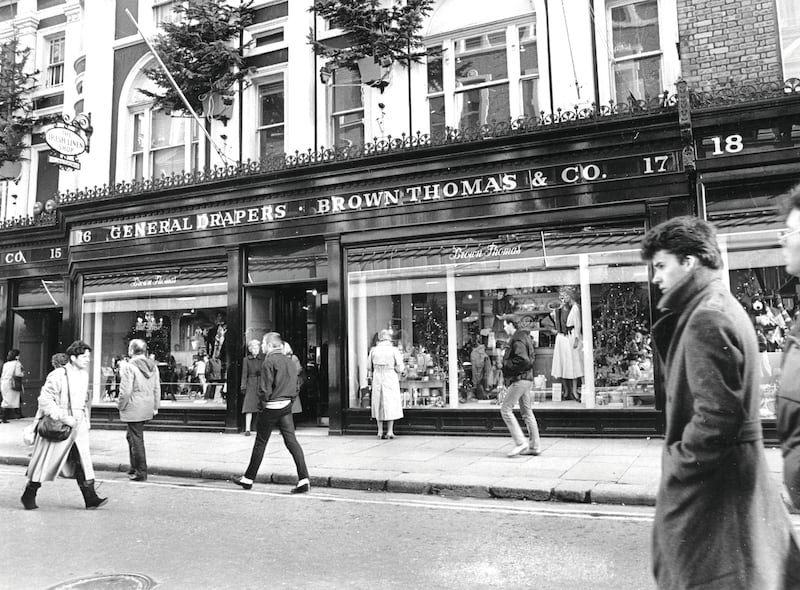
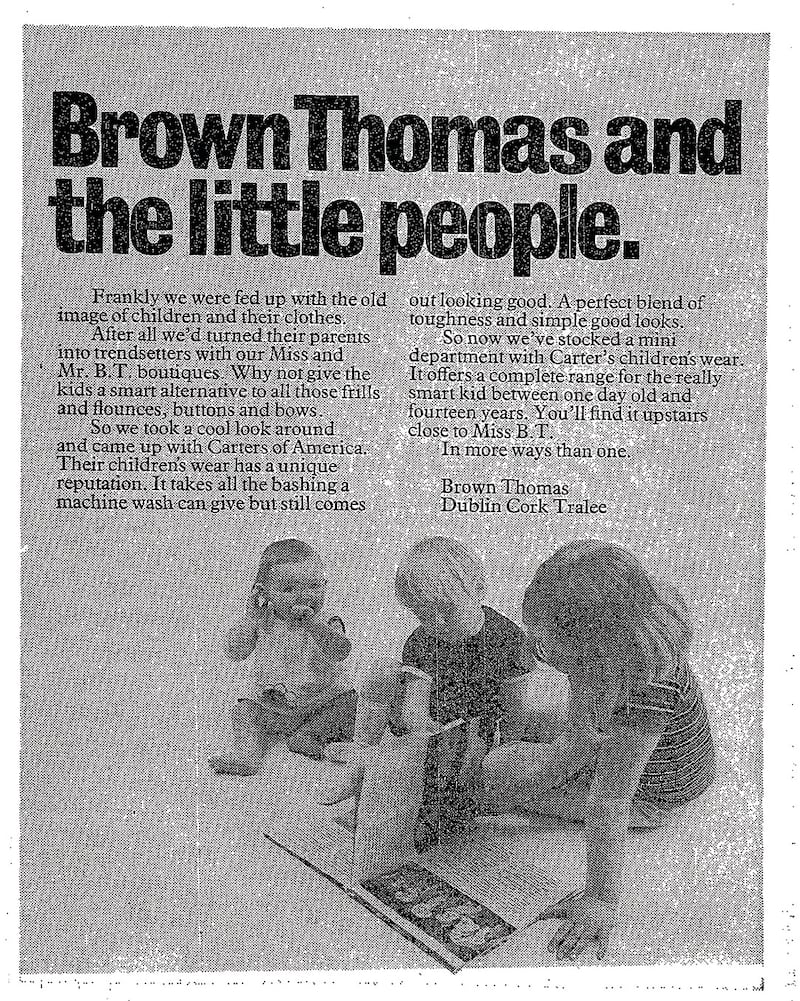
- Anne Haverty wrote Elegant Times, A Dublin story, a history of Brown Thomas and Switzers and also of Dublin, from the 1800s to the 1980s. The book was published by Sonas in 1995.














